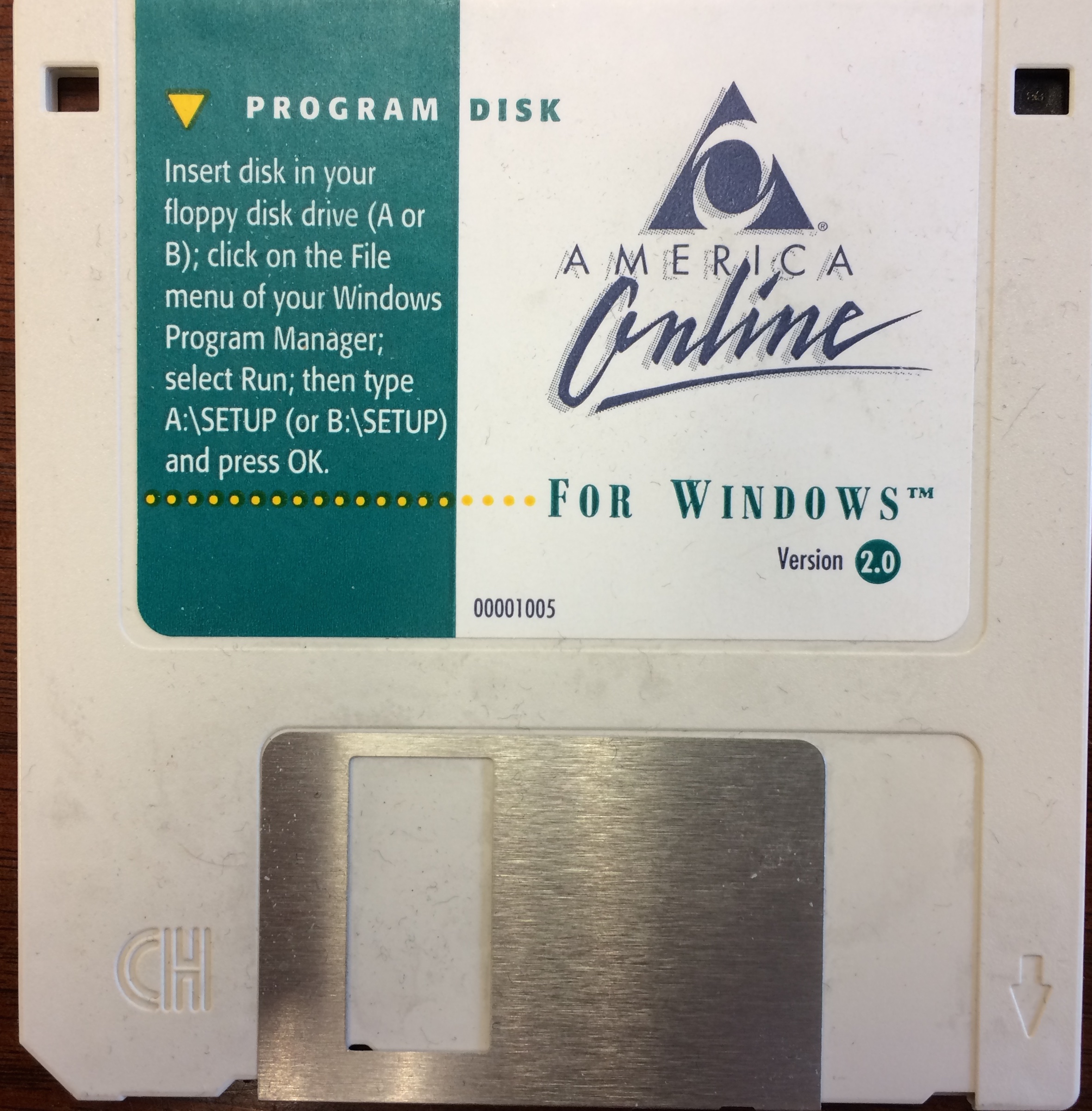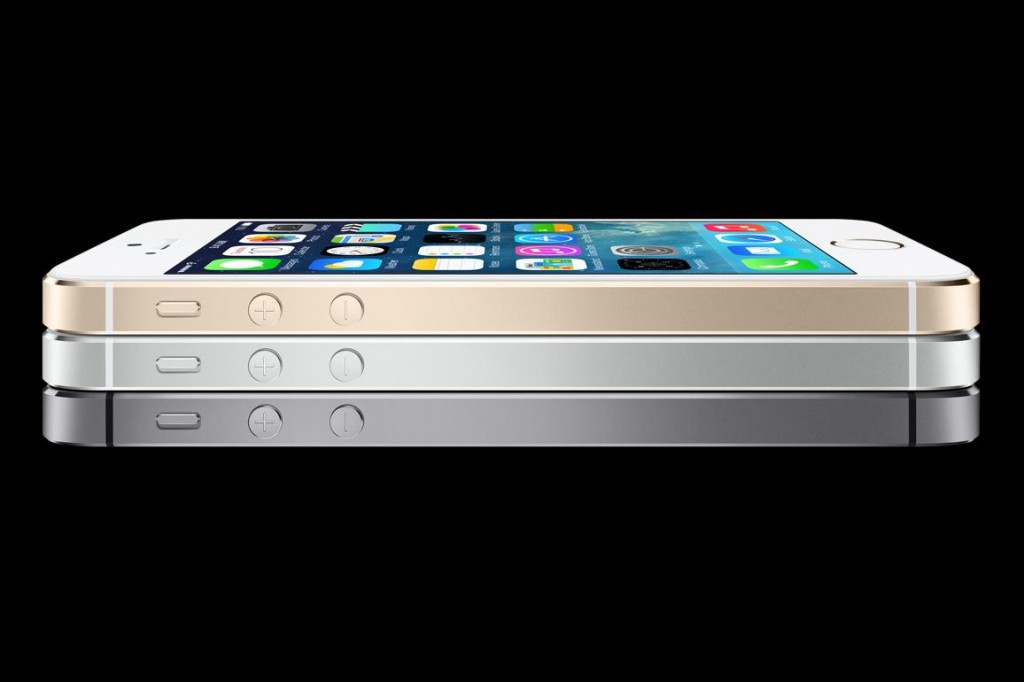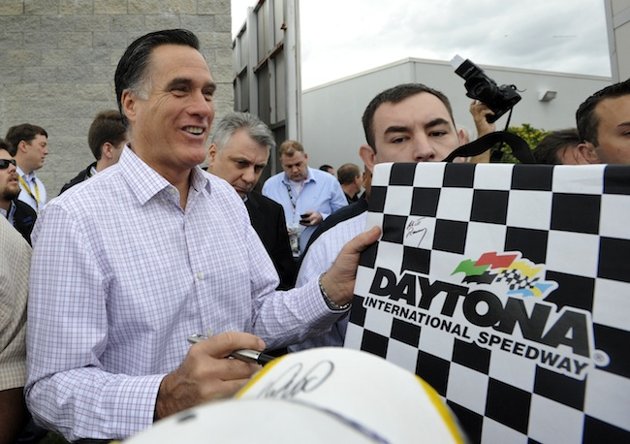Yesterday, I listened to a livestream of a suicidal and paranoid member of the Bundy gang surrender in Oregon. He said he was holding a gun to his head as supporters frantically tried to reason with him as he stumbled through a slew of conspiracy theories.
Think about that — I’m in New York City listening in on a phone call with an armed and suicidal insurrectionist in a remote part of Oregon. What would Benjamin Franklin think? How long would it take for him just to comprehend such a concept?
What a short, strange trip this whole Internet thingy has been.
I first connected via Prodigy, circa 1992. When AOL took the world by storm with its proprietary site in 1993, I was 33. Using their instant messages, you could talk with someone from Prague, in real time, as if that person was sitting in your own building. It was amazing. Revolutionary.
I knew this was going to be huge when hourly charges for dial-up service went to unlimited in 1994, and the site was so overwhelmed that folks couldn’t connect. I still have an AOL 2.0 floppy disk. I use it as a drink coaster.
The World Wide Web followed shortly thereafter.
A huge milestone in its development was the 1998 release to the web by Ken Starr that dealt, in part, with the infamous cigar that Pres. Bill Clinton shared with Monica Lewinsky. I, and countless others, read it online immediately after its release. There was no need to wait a day for the newspapers to print it and distribute it for people to start having intense discussions.
Any semblance of the 24-hour news cycle that Ted Turner‘s CNN and its progeny hadn’t already taken down, was now gone for good.
My first crude website went up in 1999, and this blog followed in 2006. YouTube, Facebook, Instagram, Twitter, Snapchat and more all followed. Again, what would Ben Franklin think?
When I felt my midtown Manhattan building rumble in 2011 as I was sitting at my desk, I turned to Twitter, searched #earthquake, and knew within 30 seconds of the end of the quake that it had been felt from Georgia to Canada. Amazing.
We no longer wait, it seems, for anything.
Except for the law.
Much of what I do, I do the old fashioned way. It is slow and sometimes ponderous. It is the nature of litigation and trial. The world may move ever faster and faster with the explosion of technology, but the pace of the practice of law doesn’t really change.
There might be tinkering around the edges, but fundamentally it is the same today as when I started. Sure, I no longer need to bring a roll of quarters with me to the courthouse while on trial, I can electronically file complaints and motions, and I can bring my entire file to court with me on an iPad. That’s nice; it’s convenient. Of course, as Keith Lee wrote yesterday at Above the Law, technology is just a tool.
But while the expectations of jurors may change — something that law and order TV shows also contribute to — the reality is that the lawyer’s work hasn’t.
You still have to tell the story. And to do that you need to find the witnesses, do the investigations and plow through the records. You need to lay foundations for evidence, build your examinations upon important points, and know what it is you need to do, and where it is you need to go.
There may be a straight line that gets you from Point A to Point B, but just as often it is otherwise, rambling around from here to there to get to where you want to go.
Telling that story usually takes time. Time that jurors, especially younger ones, may not be attuned to.
What to do about this internal conflict between today’s expectations and old-fashioned lawyering? Relish the concept when you finally get to meet your jurors. Welcome them back to another era, and another pace, when things moved slower. If you want to get the job done. (Because you have no other choice.)
Back in September, 2007, I used an obscure quote by Mark Twain to describe the process of slowly telling the story. Given Twain’s mastery of storytelling, I figured he would be a good source.
And so, as the world races faster and faster in making raw information available, we turn back to Twain on the art and flow of storytelling:
Narrative is a difficult art; narrative should flow as flows the brook down through the hills and the leafy woodlands, its course changed by every bowlder it comes across and by every grass-clad gravelly spur that projects into its path; its surface broken, but its course not stayed by rocks and gravel on the bottom in the shoal places; a brook that never goes straight for a minute, but goes, and goes briskly, sometimes ungrammatically, and sometimes fetching a horseshoe three-quarters of a mile around, and at the end of the circuit flowing within a yard of the path it traversed an hour before; but always going, and always following at least one law, always loyal to that law, the law of narrative, which has no law. Nothing to do but make the trip; the how of it is not important, so that the trip is made.
That difference in the expectations of people also came into sharp view in the Oregon standoff, where I started this piece. There were some folks who wanted the buildings that the Bundy gang took over to be immediately stormed. Now! Now! Quicker! Faster!
The Department of Justice, however, took its sweet time. Because time was on its side. And it was a highly successful strategy.
Sometimes we need to move fast. But not always, and fast should not be the default. No matter what kind of technology comes spinning our way.
OK, cue up some Stones to close — though lord only knows what Ben Franklin would think of Mick:
https://youtu.be/QEqlBveP_Rg




